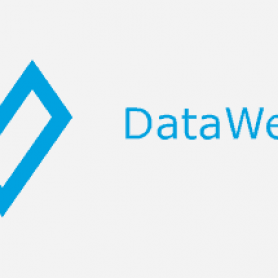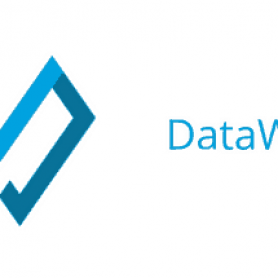How NVIDIA integrated 12 different systems for GDPR compliance
Here's how NVIDIA leveraged an API-led approach to build system APIs for backend applications and stitch data together using a process API that leverages
How to make your website faster than 97% of other sites
Recently, the RAML team decided it was time for an updated server infrastructure. The original site used a web-based Content Management System (CMS) that
Round-up: The 7 most popular blog posts from 2017
This year, we published over 215 blog posts spanning a wide variety of topics––from why messaging queues suck to why ESB-led integration is no
HowTo – Invoke Java/Groovy logic in DataWeave
When building DataWeave transformations for your Mule application, you will run into situations in which you will need to invoke external logic that may
HowTo – Perform date arithmetic with DataWeave
When integration involves different applications, systems, or databases, we face a common challenge: how do we bridge between data formats and how can we
HowTo – Implement logic handling in DataWeave
Logic handling using DataWeave is essential for simple mediums and highly complex transformations, in which the mapping requirements necessitate generating outputs based on values
How MuleSoft helps customers succeed on Black Friday and Cyber Monday
The holiday shopping season is upon us, with Black Friday and Cyber Monday just around the corner. Last year, shoppers spent over $655.8 billion
How to Apply DataWeave to the Real-world: Looping (Part 3)
So far in this 3-part series, we have looked at variables (Part 1) and functions (Part 2) in order to leverage them to our
How to Apply DataWeave to the Real-world: Functions (Part 2)
In the first part of this series we tackled the issue of defining and also using variables within DataWeave as opposed to using the
How to Apply DataWeave to the Real-world: Variables (Part 1)
Over the last few years at MuleSoft, I have had the opportunity to work with many different customers covering a wide range of use















